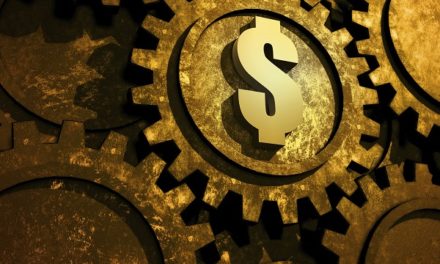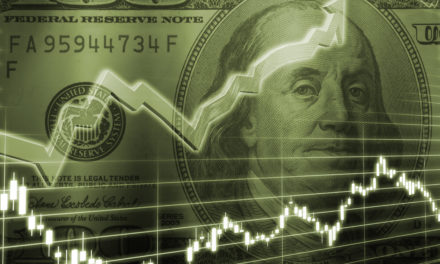
“Only buy something that you’d be perfectly happy to hold if the market shut down for 10 years.”
— Warren Buffett
The wisdom of Warren Buffett reflects a value-based philosophy about investing that says investors are buying shares in a business, and encourages strategic thinking about investment time horizon. Before placing a buy order for a stock, a great question we can ask is whether we would still be comfortable making the investment if we couldn’t sell it for many years?
A “buy-and-hold” approach may call for a time horizon that spans a long period of time — maybe even lasting for a decade-long holding period. Suppose such a “buy-and-hold” investor had looked into buying shares of DISH Network Corp (NASD: DISH) back in 2010. Let’s take a look at how such an investment would have worked out for that buy-and-hold investor:
| Start date: | 08/24/2010 |
|
|||
| End date: | 08/21/2020 | ||||
| Start price/share: | $17.44 | ||||
| End price/share: | $33.53 | ||||
| Starting shares: | 573.39 | ||||
| Ending shares: | 637.73 | ||||
| Dividends reinvested/share: | $3.00 | ||||
| Total return: | 113.83% | ||||
| Average annual return: | 7.90% | ||||
| Starting investment: | $10,000.00 | ||||
| Ending investment: | $21,390.18 | ||||
As we can see, the decade-long investment result worked out well, with an annualized rate of return of 7.90%. This would have turned a $10K investment made 10 years ago into $21,390.18 today (as of 08/21/2020). On a total return basis, that’s a result of 113.83% (something to think about: how might DISH shares perform over the next 10 years?). [These numbers were computed with the Dividend Channel DRIP Returns Calculator.]
Dividends are always an important investment factor to consider, and DISH Network Corp has paid $3.00/share in dividends to shareholders over the past 10 years we looked at above. Many an investor will only invest in stocks that pay dividends, so this component of total return is always an important consideration. Automated reinvestment of dividends into additional shares of stock can be a great way for an investor to compound their returns. The above calculations are done with the assuption that dividends received over time are reinvested (the calcuations use the closing price on ex-date).
Based upon the most recent annualized dividend rate of /share, we calculate that DISH has a current yield of approximately 0.00%. Another interesting datapoint we can examine is ‘yield on cost’ — in other words, we can express the current annualized dividend of against the original $17.44/share purchase price. This works out to a yield on cost of 0.00%.
Here’s one more great investment quote before you go:
“The older I get, the more I see a straight path where I want to go. If you’re going to hunt elephants, don’t get off the trail for a rabbit.” — T. Boone Pickens




